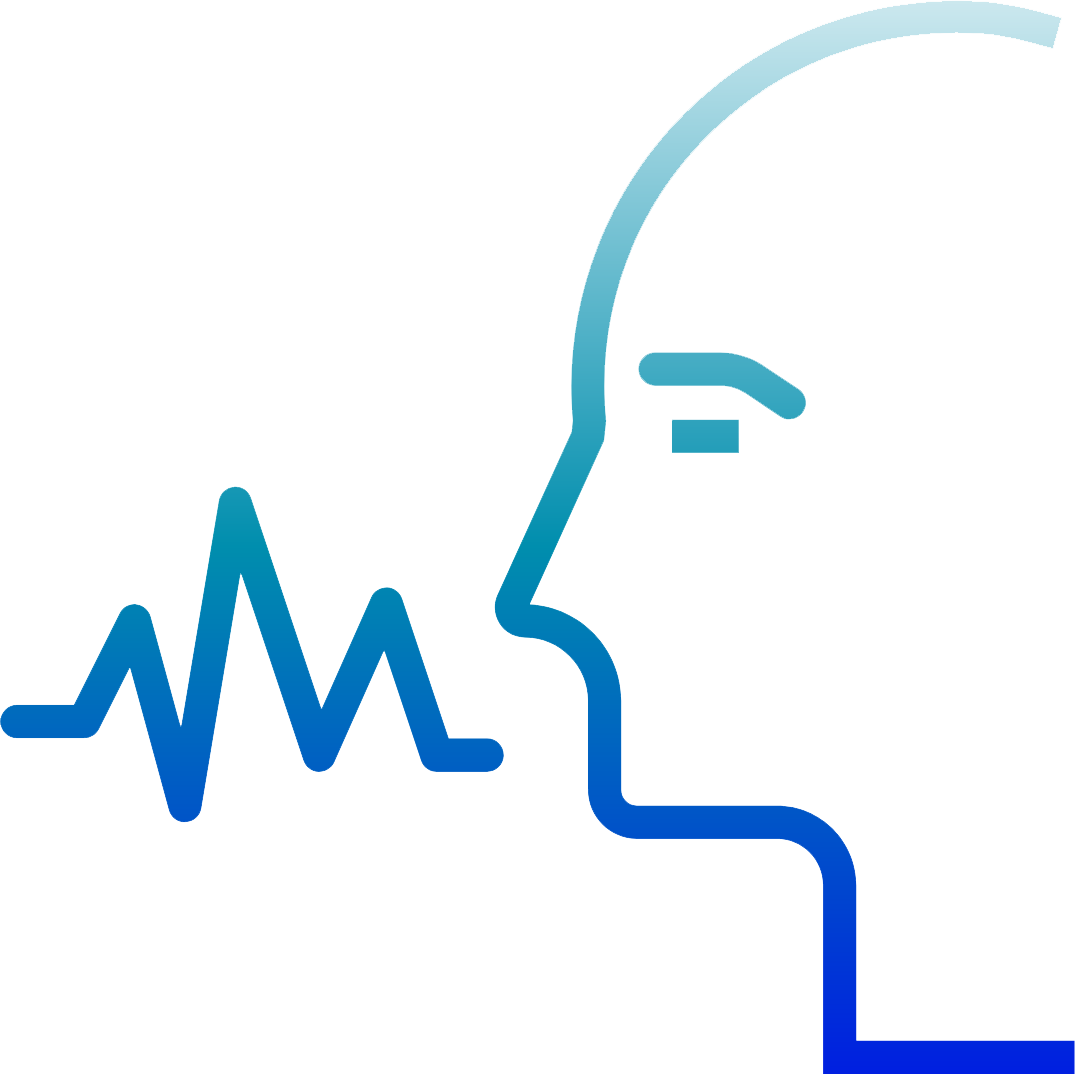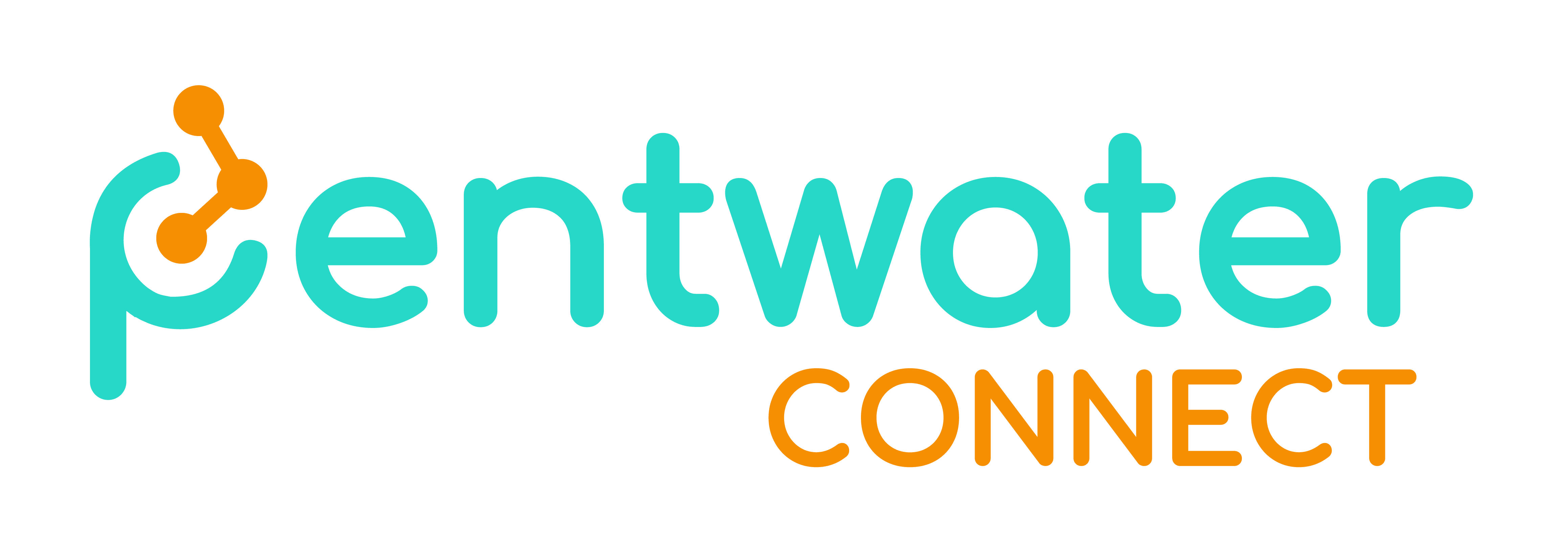AI Conversational
Intelligence with a Human Touch
Every day, billions of conversations occur, and we are the only platform that combines computer vision, voice AI, and tonal emotion to ensure every voice is heard and understood.
Conversations of various kinds are taking place all around us. However, many conversations are not being heard. We’re working to correct this. With the trio of voice AI, computer vision, and tonal emotion, we are evolving conversations.
Pentwater Connect’s platform can deliver the most sophisticated, accurate, personalized, and automated customer experiences on the planet, regardless of who you are, where you are in the world, or which language or dialect you speak. It was a natural conversation. There is no frustration, only true comprehension – including emotion and intent in real-time.
Make the most of every conversation with Pentwater Connect today.



With Conversational Analytics, you dominate your industry
Gain deep insights in real-time. Know everything that’s happening, and why.
Instantly understand customers’ underlying needs from any interaction and provide the perfect responses.
Create frictionless digital experiences.
Uncover key drivers of the experiences your customers have and get to the root cause of bad experiences in seconds.
Identify product issues early and act fast.

Improve the
Intelligence of your
Data
There are no preconceptions.
Don’t use pre-defined categories to guess what topics are in your data. Pentwater Connect determines what is in your data.
We will educate you.
Without the use of keyword lists or manually labeled data, our engine uses the context in your data to uncover trends.
Enhanced comprehension
Don’t settle for broad categories. Get the most in-depth, all-encompassing breakdown of the hundreds of distinct themes in your customer conversations.
Improve Your System.
Our platform analyzes your call transcripts, chat logs, or other customer conversations to automatically discover and extract what and how your customers ask.
Why Conversational Analytics?
Your customers give you gold nuggets every day in their conversations.
You just need to listen, then ACT.
Pentwater
Core
Steps

Send Us your Raw Data
Your archive of call transcripts, chat logs, e-mails, or other customer conversation sources.

View your Results
We provide you with a list of unique customer inquires (intents), as well as corresponding snippets from customer verbatims and counts (utterances).
Our clients frequently report that our results are more accurate than their manual review processes.

Educate your Tools
Use the data we provide to train your favorite chatbot platform directly. There is no need for keywords, rules, or mind-numbing manual review.
Use Cases for Conversational Analytics

Fast, data-driven decisions for top-level management – a useful alternative to manual data analysis because C-suite executives simply do not have the time.

Arm end-users and non-techies with the insights they need to do their jobs quickly, removing the bottleneck of waiting for assistance from your data analytics or performance teams.

Improve your sales by quarter, year, country, salesperson, or branch by better understanding them.

Ask questions about social media posts, customer service call records, and sales records to better understand your customers and exceed their expectations.

Internal audits can detect fraud by identifying suspicious transactions or outliers among massive amounts of data, allowing you to rely on your financial reports.
Why Should Companies Invest
in Conversational Analytics?
Everyone knows what questions they want to ask and what insights they want to gain. But do we always ask the right questions? Do we have accurate assumptions? Are customers communicating something unexpected? If you are not listening to your data, you will miss the needs and desires of your customers. You will miss revenue opportunities from them.
NLP and conversational analytics are the ideal solutions for data analytics. Our tools are the most powerful in the world and will enable you to dominate your industry faster than any competitor.
Your expectations for obtaining valuable information from your data are low. You are about to experience the shockwave of powerful insights that will forever change how you do business and compete in your marketplace.
What is the difference between Natural Language Processing and Conversational Analytics?
Conversational analytics is the process of extracting insights from data through human speech. Natural language processing (NLP) understands what you’re saying by processing your spoken/typed words, then using artificial intelligence (AI) to organize data, extract insights, and provide an easy-to-understand answer.
It’s similar to asking Alexa how many ounces are in a pound or what the weather will be like tomorrow – but more powerful. It enables non-technologists in your organization to become valuable analysts. Because it corresponds to how we all expect to interact with technology, conversational analytics are rapidly changing the face of data analytics.

Faq
What is speech analytics?
This, also known as interaction analytics, is a type of artificial intelligence-powered technology that understands, processes, and analyzes human speech. Contact centers use speech analytics to evaluate call recordings and transcripts from digital channels such as chat and text messages. Because speech analytics software can analyze 100% of contacts 24 hours a day, 7 days a week, contact centers can be more proactive and accurately assess what is happening during customer interactions.
Where can speech analytics be used in general?
The primary application is analyzing both audio and transcripts of customer service calls. We see the intent and frequency of customer calls, concerns, and emotion by applying speech analytics. It’s an excellent way to gauge the mood of your customer base and evaluate your effectiveness at curing your customers’ “Pain Points.”
From a business perspective, marketing teams and conversational analytics can be used in marketing firms to monitor and track any marketing campaign. Also, speech analytics analyzes speech recordings for sales to examine the significant elements of successful selling methods. And train the AI with this data.
What is an example of conversational artificial intelligence?
Consider conversational AI the “brain” that drives a virtual agent or chatbot. It includes a number of technologies that work together to enable efficient, automated communication via text and speech by comprehending customer intent, deciphering language and context, and responding in a human-like manner. We call these “frictionless digital experiences” because they eliminate frustrating experiences and leave your customers with smiles on their faces.
What is conversational NLP?
Hang on tight: Natural Language Processing (NLP) is an Artificial Intelligence subfield that focuses on assisting computers in understanding human language. Natural Language Processing (NLP) is another essential component of Conversational AI because it breaks down sentence structures to deliver the best response and improve customer experience by understanding what the user says.
What is the use of conversational AI?
Conversational AI refers to the technologies underlying automated messaging and speech-enabled applications that enable computers and humans to interact in human-like ways.
Conversational AI can communicate like a human by recognizing speech and text, understanding intent, deciphering different languages, and responding in a human-like manner.
Is there a place for chatbox AI in customer service?
Yes! Customer service chatbots are designed to serve purposes throughout the customer journey. The intelligent customer care bot can answer up to 70% of simple, FAQ-oriented customer questions or direct customers to additional information or resources on your website.
Such chatbots have the added benefit of reducing the number of contact center queries received. This means customer service agents can spend more time dealing with complex customer issues rather than regurgitating information that could be easily automated or found in a FAQ.
Why does your business need conversational AI?
Pentwater Connect will help you:
- Provide a personalized, one-on-one experience for your customers.
Conversational AI makes every customer feel like they are the only one in the (chat) room. Intelligent chatbots respond to each question quickly and effortlessly. - Spend less time managing live chat.
Customer expectations and experiences have been redesigned as a result of live chat. Customers expect 24-hour access to businesses, including their mom-and-pop neighborhood shops. - Easily schedule more appointments.
Customers can schedule appointments and consultations with conversational AI even after business hours. - Automatically capture (more) leads.
Regarding appointments, one of the most significant benefits of conversational AI is automatic lead capture. Chatbots are far more efficient and effective than forms at capturing leads.
What is the impact of AI-based customer service?
AI-powered conversational bots, or chatbots, will be able to know customers better than humans and automate most customer service interactions. Chatbots can provide a surprisingly compelling personalized experience by predicting customer intent and assisting users in engaging with products and brands.
But let’s face reality…AI interactions have not been very successfully implemented in many cases. Those days are over. With Pentwater Connect, your customers will meet their needs quickly, and their loyalty to your business will be overwhelming!
What will be the future of conversational AI?
In short, the future of conversational AI is “Here and Now” for dominant companies. Companies that ignore conversational AI will face an early death.
Beyond 2022, the future of conversational AI will emphasize context awareness as a more critical aspect of machine learning. Machine learning models must learn more about the context and adapt accordingly. In the coming year, there will be increased interest in understanding the emotional and health states of these technologies’ users and the need for contextually appropriate responses. The specific assistance that AI can provide to achieve a positive outcome for a given situation will improve as the context improves.


